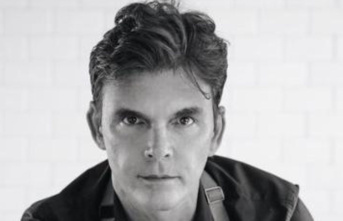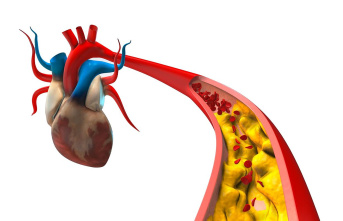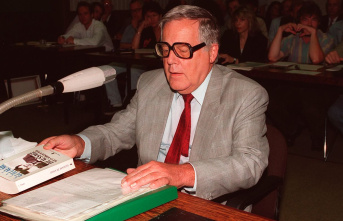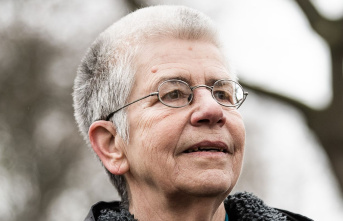Seuil has just published Lieux , an unpublished Perec. Printed in a beautiful volume of six hundred pages of text and drawings, lists, telegrams..., but also digitally ( lieux-georges-perec.seuil.com ), which allows non-linear readings very much in keeping with its fragmentary spirit. Lieux is a legendary unfinished work of which we Perequians had news (via Philip Lejeune) and had read fragments. In January 1969, just after separating from Suzanne Lipinska, Perec has an idea that he finds “monstrous but stimulating”. He chooses twelve places in Paris (streets, squares, crossroads) linked to important events in his life and decides to write about them in two ways: one in situ that he calls “réel” in which he describes everything he sees in the most neutral way possible and another from a distance —”souvenir”— in which he describes the place of memory, evoking the memories that link him to it. Each text (handwritten or typed) is placed in a sealed envelope and labeled. He plans to write twice a year about each place for twelve years in a row (1969-1980) to complete a scheme that is an orthogonal Latin square of order 12, which implies 144 cells and, therefore, 288 sealed envelopes with texts (real and remembered), photos and various documents. Soon the plan ran into delays, changes and other secondary effects of daily life, until in September 1975 he definitively abandoned the project. In the late seventies he opens some of the envelopes (mainly réels) and publishes them in magazines.
Lieux inspires the structure of Perec's most ambitious novel —La vie, mode d'emploi (1978)—, which uses the matrix of an identical square, but of order 10, to create the ten floors of the building located in the number 11 of the imaginary rue Simon-Crubellier. The twelve places in Lieux are not only real, but their real descriptions prefigure, decades in advance, the Google View cameras that today regularly update many places in the world. Perec is Verne. He is the Verne with the effervescent complexion who resells the digital age when he subdues space (in 1974 Perec published Espèces d'espaces) but cannot subdue time. The abandonment of Lieux's project “nel mezzo del cammin” inspires the fate that will befall the vital plan of his Bartlebooth in the novel. As a young man he paints beautiful watercolors traveling the world and sends them to Paris to be transformed into puzzles that he, as an adult, will try to reconstruct. In vain. Time will stubbornly grapple with the adjective "inexorable" to prevent it. Seuil's edition allows us to imagine groups of Perequians brandishing books or tablets on a pilgrimage through the twelve places of Paris to read in situ the réel written there half a century ago. I have already started doing it via Perec View.
4












